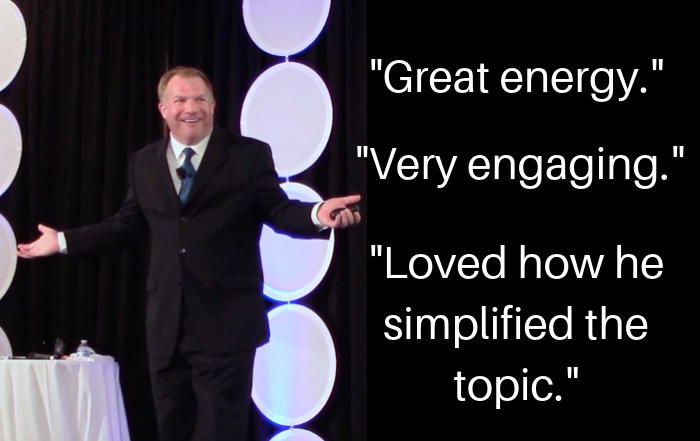 If you don’t know how to focus your team, then business growth and development will likely stall. It’s not that your employees are bad. But they may be spending too much time on side tasks or activities that aren’t tied to your big picture goals.
If you don’t know how to focus your team, then business growth and development will likely stall. It’s not that your employees are bad. But they may be spending too much time on side tasks or activities that aren’t tied to your big picture goals.
Here are some tips from a process that I’ve found works well when it comes to focusing your team on a goal:
Define Priorities to Focus Your Team
Make sure people know the big picture thing you want them to achieve. Is it something like boosting sales by 20% this quarter? Have it be something tangible and memorable.
This goal needs stated and restated in multiple ways. This can include signs, internal email messages, or at staff meetings. Think of this like an advertising campaign, for all employees and not just senior staff.
What you want your team to do is to approach your top priorities as their top priorities. Keep in mind that not everything can be a top priority. That mindset leads to an unfocused group.
Focus Your Team Through Urgency
When I worked in TV news, the top priority was the next newscast. You had to get your work done by that time. Your story might not be perfect but it would air, making viewers and advertisers happy. Fans of Judy Garland and Mickey Rooney movies might call it the Hey, let’s put on a show mentality.
Can you create some hard deadlines for tasks? While you don’t want people to feel like they are in a daily Mission Impossible situation, you want them to think about their time as a precious resource.
For instance, if it takes me an hour to get a report done and I’m 90 minutes from when it’s due, then I know I can’t let other tasks take up more than 30 minutes of my time.
Those other tasks may be important but not essential. And maybe I spend more time than needed on them. This realization is important, when it comes to finding the time to achieve important goals.
You need good two-way communication to make sure you are creating deadlines that are challenging but not frustrating. It’s okay to make some initial adjustments if needed.
Can You Have Multiple Priorities?
You can’t have seven top priorities. The smaller the number, the better the implementation.
Sometimes you can have more than one priority. This works best when they are related. For instance, you might want to increase the output of a manufacturing process, decrease workplace injuries, and improve customer service.
All of these priorities fit under one umbrella. Getting everyone focused on that mission can help boost teamwork and ensure an entire process is improved.
It gets tricky if departments have overlapping employees and different priorities. Then no one knows what to do.






